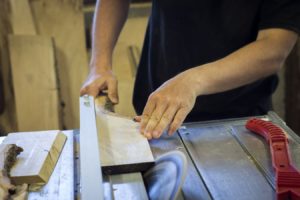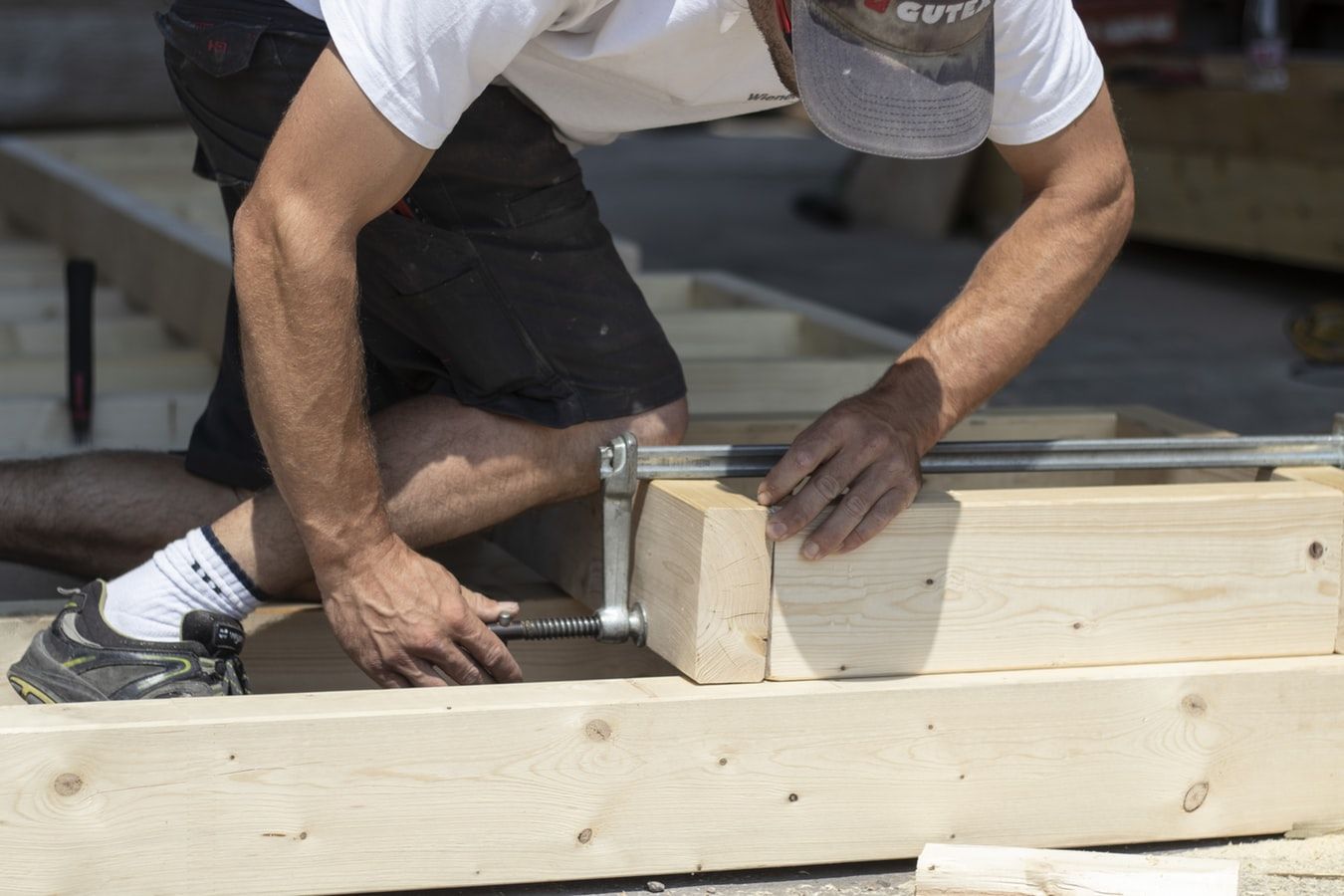When people use the word “crafting”, all sorts of activities come to mind. This is what’s awesome about it but it’s also what’s confusing about it. Arts and crafts can easily be defined as something narrow.
We’re talking about something to do with crocheting, some sort of fancy quilting or even paper cutouts or some sort of artwork involving paper. While this is well and good, keep in mind that the term “crafts” in the phrase, “arts and crafts” is much broader than a lot of people can realize.

Similarly, if you are dealing with chemical refuse or stuff that is a product of industrial processes, that can technically still be arts and crafts. So given this amazing range, what is a good working definition of this phrase?
How can we define it in such a way that it doesn’t create more confusion than it already has? Well, it’s quite simple. Arts and crafts are really all about working with your hands.
If you can do things for primarily artistic purposes or decorative purposes by using your hands, that can, for the most part, qualify as arts and crafts. I’m talking about your own hands here, not machines, nor some sort of chemical process that does all the work for you.
I’m not talking about some sort of digital system controlled by computer. Instead, you’re using both your palms, hands, and fingers. That’s old school arts and crafts.
Why should crafting be your hobby?
The great thing about working with your hands is that let’s face it, in our modern world, we are discouraged from working with our hands. Seriously. I mean, when was the last time you bake the pizza? I would wager the guess that it’s been a long time and that’s precisely the point.
People have been disconnected from the things that they normally consume. For example, if you buy stuff off the grocery, you probably would be stumped to try to describe all the steps that are required to get that steak to your plate or that nice bowl of salad into your favorite salad bowl.
Most people would be clueless. Welcome to the club! You’re not exactly alone.
This is precisely the kind of disconnect that arts and crafts seek to fix. When you do things with your hands, you are plugged into the creation process. You see exactly what’s going on before and during the creation process, and what goes on after.
The problem is most people are just simply trained to be consumers. We look at things that are already created and are only active creations. We just whip out that piece of plastic from our wallets and give it to the clerk so we can buy that item. Then we unfold it, unwrap it, and eat it.

You also get to imagine what an item should look like, how it should handle, and what its texture and other attributes should be. This is not handed to you. This does not come with some sort of preset plan.
Instead, you are allowed to the creative process to dictate these things. By doing so, you get in touch with your inner impulse to turn things that somehow flash into your mind. Maybe it’s a fantasy. Maybe it’s some sort of daydream. Maybe it’s just some sort of whimsical idea.
Whatever its source, through arts and crafts, you get a chance to turn those ideas into something that you can see, hear, touch, taste, and smell. To put it simply, arts and crafts enable you to turn ideas, passion, insight, or inspiration into real things.
These are things other people can enjoy, experience, and most importantly, can share with the world as some sort of manifestation of some sort of signature of your personality. That what’s so awesome about the creative process. It really is a great way to share something extremely personal.
You don’t have to write. You don’t have to plumb the depths of your subconscious. You don’t have to navigate the internal symbology of your past experiences and connect them with a commonly recognized vocabulary of social signals.
You don’t have to do any of that because it doesn’t really require much training because you’re working with your hands. In a way, this is what’s so exciting about it because you’re kind of speaking at a baseline language that most people could appreciate, or at the very least recognize.
The ubiquity of arts and crafts
Another great thing about arts and crafts as a hobby is the fact that most people from all over the world regardless of their income level and regardless of their specific backgrounds, can perform acts and crafts. Seriously, you can start out with basic templates or basic design ideas.

Now, here’s the amazing thing. You may be thinking that what you’ve created through your hobby is something that is only valuable to you. You might want to think again because it turns out that we all have a shared respect for imagination and creativity.
It’s not a surprise that a lot of people who create things for themselves and think these just look good to them, end up making thousands of dollars if not more month after month because other people desire the same things.
It can be quite a lucrative pursuit, but I would suggest that you shouldn’t look at the money first. Instead, focus on it more like a genuine and authentic way of self-expression. You can paint it. You can add glitter. You can use charcoal drawings.
You can sculpt. You can piece things together. You can reprocess, repurpose, recycle. There’s just so many directions you can go. At the end of the day, it’s really all about your imagination and how open your mind is.
